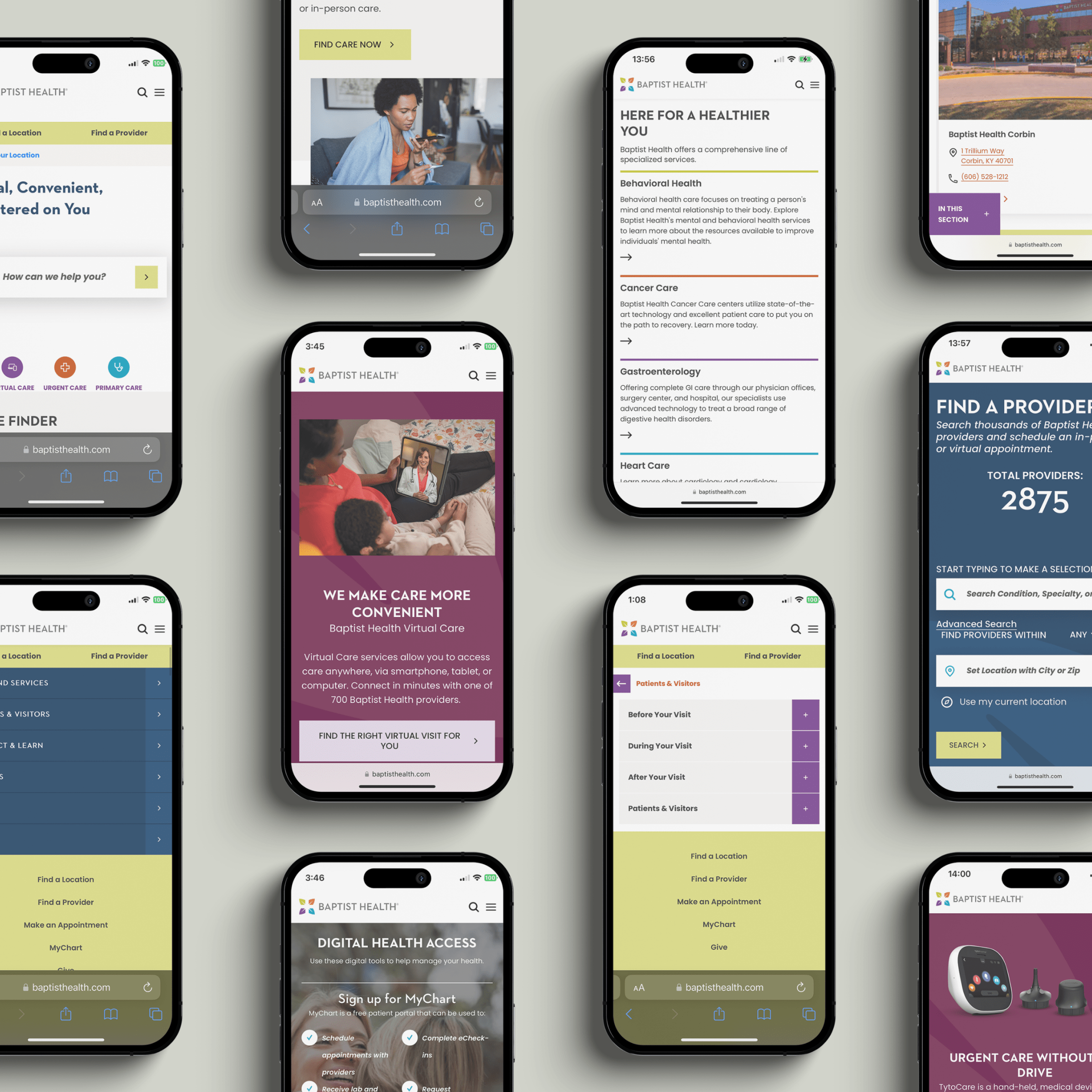The way digital experiences are powered is rapidly changing as organizations adopt “Composable DXP” alternatives, allowing for mixing-and-matching best-of-breed components, much faster headless experiences, and the potential for a more tailored approach for the business. (For a quick definition of Composable DXP and Headless, click those links). In these architectures, a solution might combine headless CMS (like Contenful or Contentstack), a digital asset management platform, a customer data platform, personalization agents, form management, and a custom headless site render application with and edge hosting service—fit to purpose components, possibly chosen from all different vendors. There is tremendous improvement to be had over the traditional approach, but the move away from monolithic “platforms” to component-based solutions has varied implications for different operations’ use cases, regulatory environments, and business types. It is far from “one size fits all.”
As we delve into this intricate subject, our aim is to shed some light on where these technologies excel and where they present limitations, helping healthcare CMOs, CIOs, and directors of digital to discern how these innovations fit into their ecosystems and businesses. This exploration seeks to guide you through the complexities, offering insights into the strategic integration of these technologies across various sectors of healthcare.
Flexibility and added complexity, a dual edged sword
Composable DXPs, with their microservices, API-first, cloud-native, and super-fast headless experience, offer unprecedented performance, flexibility and adaptability.
However, this agility comes with its own set of challenges.
For highly regulated industries, composable introduces the possibility of a plethora of vendors, each with their own regulatory/security profiles and willingness to sign legal agreements on privacy. So, the very “open vendor” nature of composable can complicate the business of getting to air-tight technical security and legal protections. You’re suddenly responsible yourself for ensuring your collective stack is compliant and fit for purpose (to regulation).
There are also some relevant changes to digital operations that are important to understand.
Because the “head” (experience rendering by channel or site) of such architectures is not innately coupled to the content management piece, some of the digital operations comforts of the previous monolithic platforms are turning out to be difficult (though not impossible) to achieve. For individual site or channel management, this can represent challenges. Therefore, how important the usability of these elements is to the specific business ends up being a crucial point.
First, features for managing complex site structure, associated permissions, site structure variations for localization, and the like all have varied use cases between a larger, multi-market or institutional site (like a hospital system) and a more streamlined site (like a launch site for a new drug). Where the needs are on that continuum matter a lot.
Second, important “page composition” futures where diverse components can be mixed and matched on page. This feature has been key to digital teams having a broader set of options to create new experiences on the fly (think custom, fit-to-purpose marketing landing pages, or complex service description pages). Having an intuitive, visually “coupled” way to assemble pages from ad hoc components can have different implications across architectures.
Key content management vendors are working to address these two areas of difference, but they are swimming upstream against the decoupled and often multi-vendor compatibility issues to achieve them.













